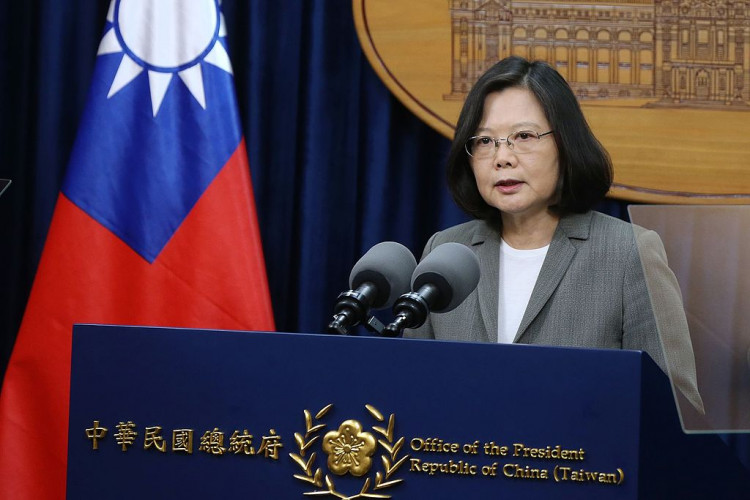Taiwan is determined to join the 11-nation Comprehensive and Progressive Agreement for Trans-Pacific Partnership which became effective December 2018.
The agreement is the successor to the Trans-Pacific Partnership and came into being after U.S. President Donald Trump pulled the U.S. out of the pact in January 2017.
The partnership - which the Barack Obama administration championed - was designed as an economic counterweight to China. Trump's decision to withdraw increased China's economic influence in the Asia-Pacific region.
Taiwan's Ministry of Foreign Affairs said the country would submit an application to join the agreement once it had finished informal consultations with bloc countries.
Agreement members are Australia, Brunei, Canada, Chile, Japan, Malaysia, Mexico, New Zealand, Peru, Singapore and Vietnam. Apart from Taiwan, other countries that have signaled their intent to join are the Philippines, Thailand, Indonesia and Colombia.
"Once the informal consultation with all member states is completed, we will formally submit an application for membership in accordance with the procedures," the ministry said.
China is not a member but wants to be. China President Xi Jinping said in November it would "actively consider" joining. China's move might not be looked on favorably by agreement members since China already leads CPTPP's compatriot - the Regional Comprehensive Economic Partnership, which is now the world's largest trade bloc.
Signed Nov. 15, the partnership is a free trade agreement between the 10 member states of the Association of Southeast Asian Nations and Australia, China, Japan, New Zealand and South Korea.
Partnership member-states account for some 30% of the world's population and gross domestic product ($38 trillion) - effectively making it the world's largest trade bloc. It is even bigger than both the European Union and the U.S.-Mexico-Canada Agreement.






